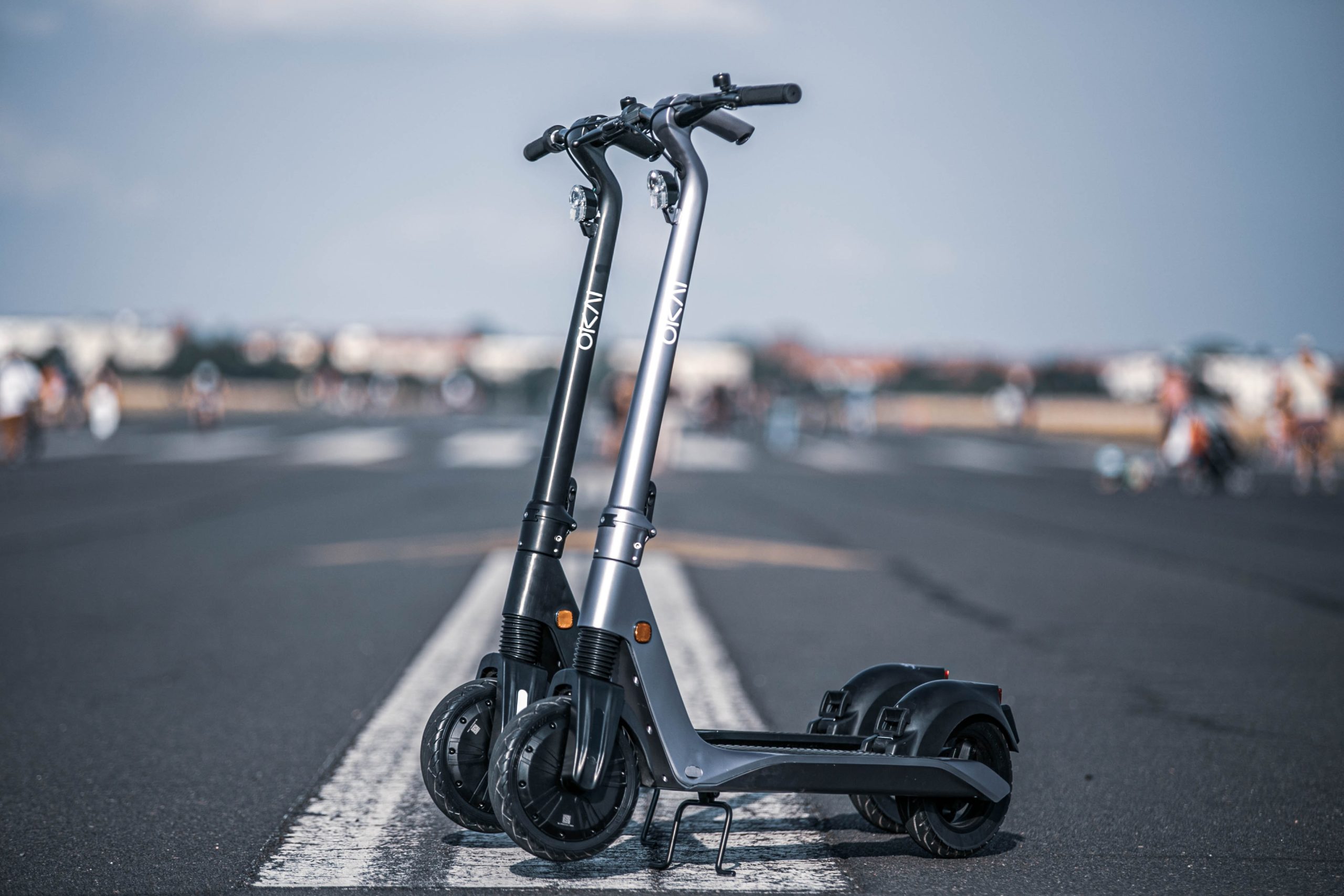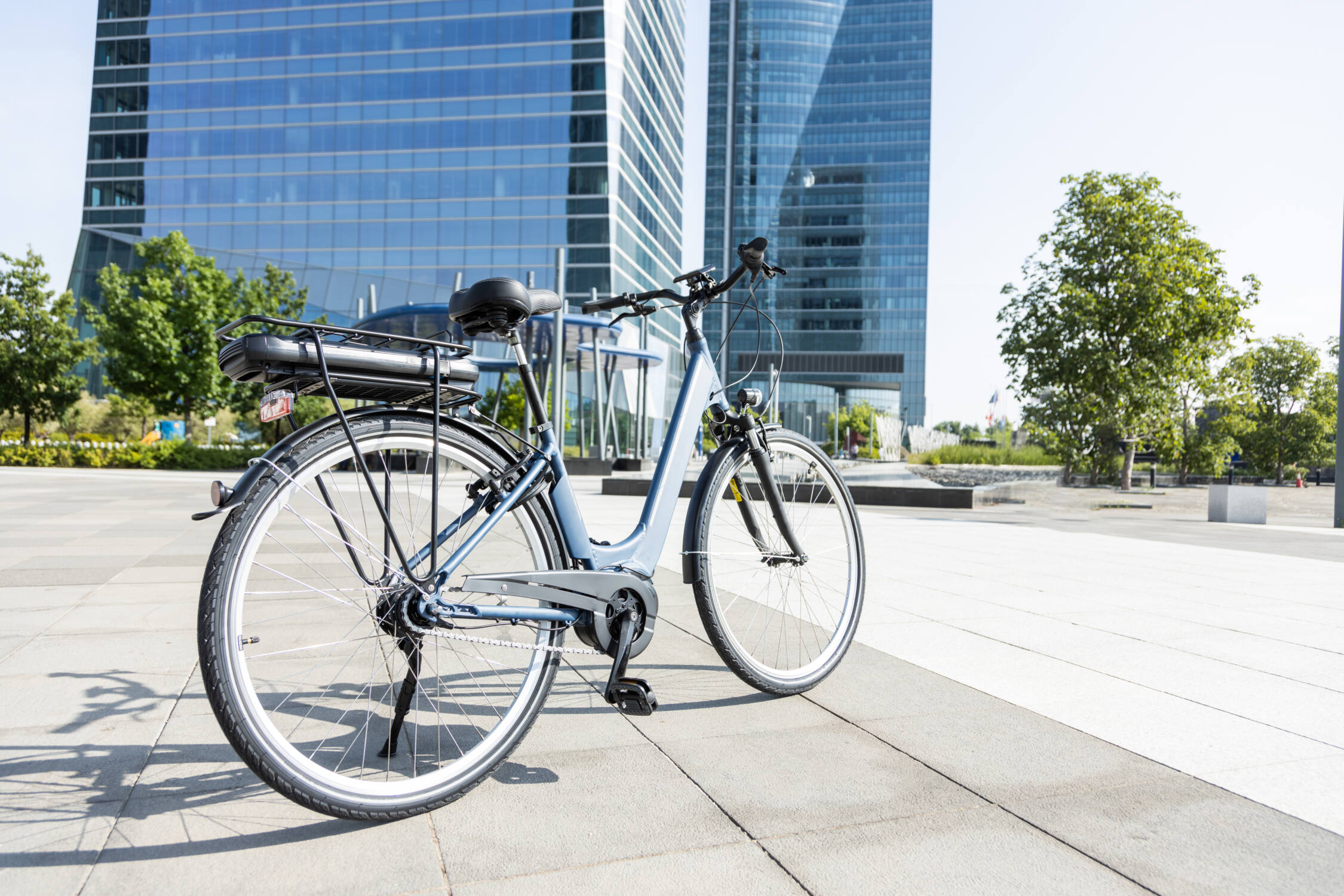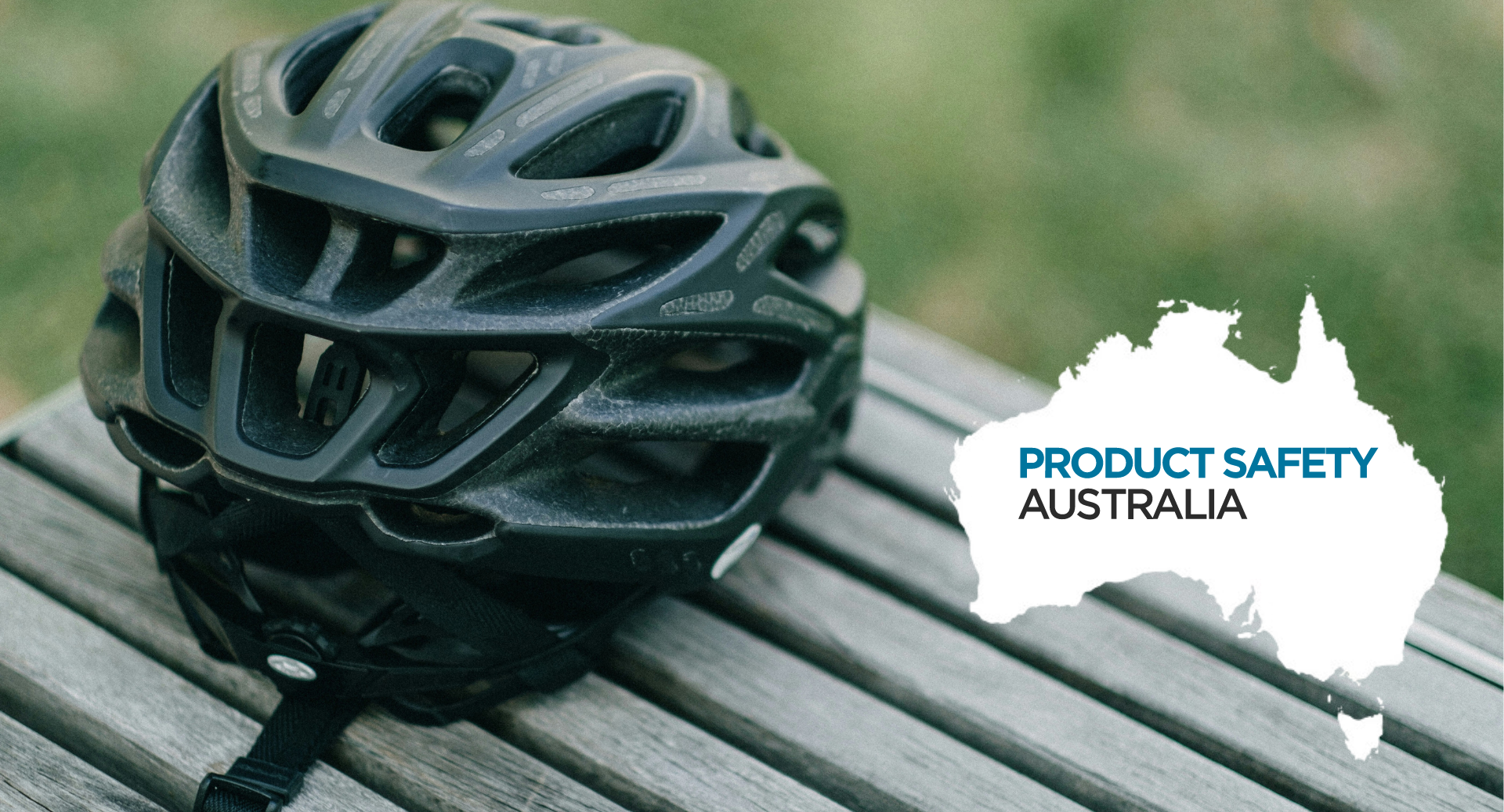The e-mobility market has taken off in the past half decade. From electric cars to micro-mobility vehicles like bicycles, scooters, hoverboards, and more—the world is looking to move in a way that is convenient and sustainable.
In major metropolitan areas, shared micro-mobility vehicles have become completely mainstream. Companies like Bird, Uber, and Lyft have all created their own versions of shared bicycles or scooters that can be accessed from an app. In addition to the major market players, many new companies have popped up on the market offering new devices like e-powered mopeds or bicycle-scooter hybrids. However, many consumers have also started purchasing their own private modes of transportation.
The e-mobility industry isn’t slowing down either. For manufacturers looking to get in on industry growth—it’s never been a better time. The electric micro-mobility market is in its infancy, with new companies and new products coming onto the market fast. Furthermore, the demand from local government to build smart cities and meet climate change initiatives also will continue to be a driving factor in the industry’s growth.
The micro-mobility market is set to be worth 255.41 billion by 2027 and at ACT-LAB we believe the key to growth in the e-market is safety.
In this article we will discuss types of testing that can help manufacturers comply with CPSC standards to keep their consumers safe and keep their products on the road.
What is e-mobility?
E-mobility encompasses all technologies, products, services and infrastructure that support and power electric and hybrid vehicles. Micro-mobility vehicles like e-bikes, e-scooters, and hoverboards require specific types of testing to keep consumers safe.
CPSC Standards
The Consumer Product Safety Commission (CPSC) has established guidelines to help prevent injuries and deaths associated with electric micro-mobility products.
Understanding regulations can be confusing for manufacturers of e-mobility products. The rise in shared mobility vehicles like scooters and bikes has led to the implementation of local regulations which encompasses where and how riders can use specific devices. However, the CPSC’s guidelines cover mechanical requirements for such devices.
The CPSC keeps track of micro-mobility product-related deaths and injuries to monitor hazard patterns. In incidents from 2017-2019 brake incidents were associated with the most hazards.
These reports show the importance of manufacturers needing to take safety measures at every step of the production process.
Testing Procedures
Electric bicycles are regulated under the CPSC. An e-bike is classified as a “two- or three-wheeled vehicle with fully operable pedals and an electric motor of less than 750 watts (1 h.p.), whose maximum speed on a paved level surface, when powered solely by such a motor while ridden by an operator who weighs 170 pounds, is less than 20 mph.”
When it comes to scooters the CPSC states that, “The U.S. Consumer Product Safety Commission (CPSC) staff participates on the ASTM F15.58 Powered Scooters and Skateboards subcommittee, providing technical support for the development of new safety standards for electric- and gas-powered scooters.” However, as of now scooters remain largely unregulated at the mechanical level in the U.S. This does not mean that manufacturers can or should forgo testing though. Proper testing can keep your product from injuring or killing consumers and facing costly recalls.
Comprehensive testing of electric bikes, scooters, and other e-transportation can prevent a variety of problems including brake failure, wobbly wheels, loose handlebars, and other product defects.
About ACT-LAB
ACT-LAB is an ISO/IEC 17025 accredited laboratory that conducts consumer product safety and compliance testing for an active world. We can help ensure that your products both meet industry standards and are inspected to ensure the utmost quality.
To learn more about our tests contact us today.
Read more about our accreditations here.
 ISO/IEC 17025 Accredited Independent Testing Laboratory
ISO/IEC 17025 Accredited Independent Testing Laboratory









